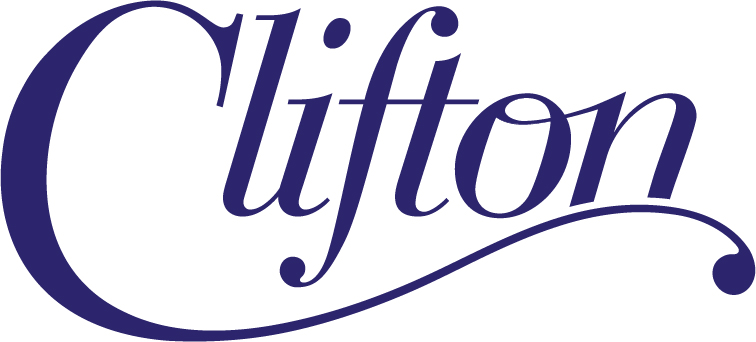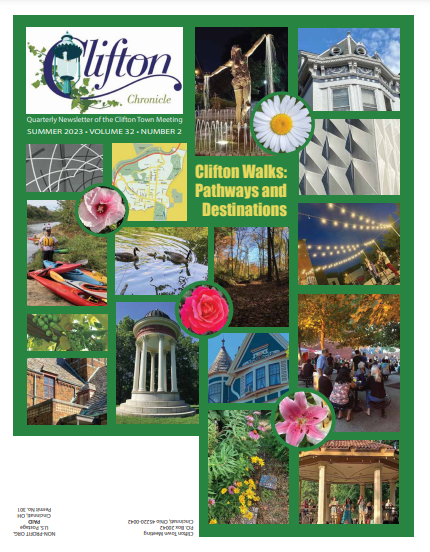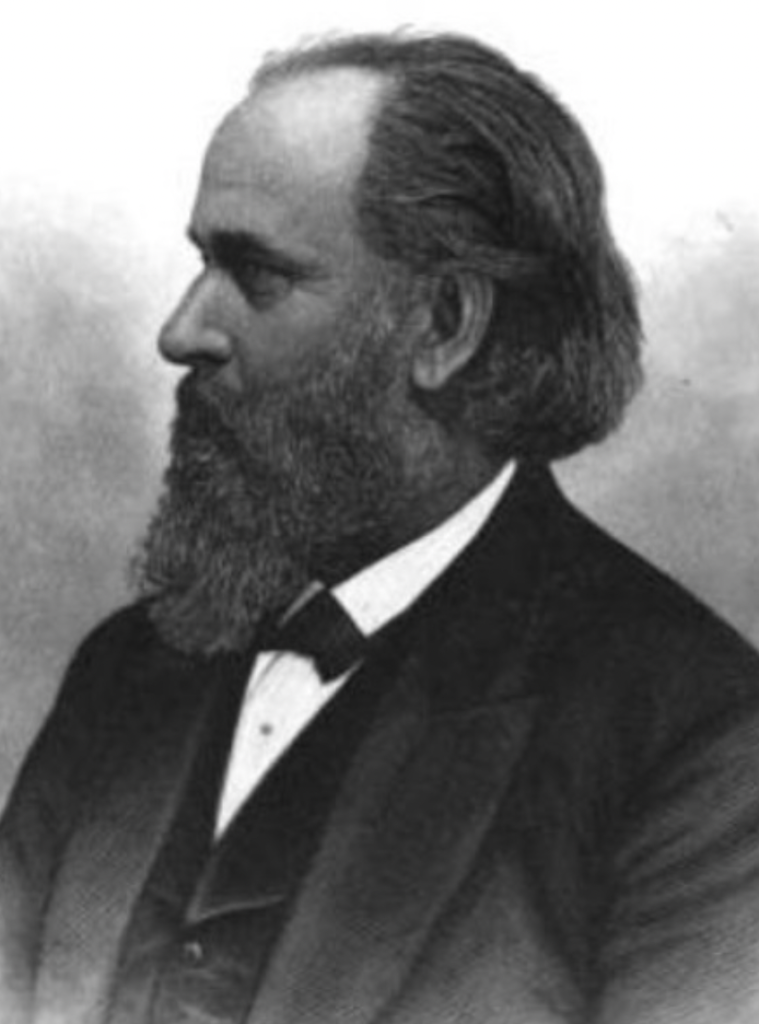Clifton Town meeting trustees appointed Mindi Rich to fill a board vacancy during its monthly meeting on Monday, Jan. 8, 2024. Rich fills a seat that remained open after a community member elected in November 2023 resigned before his term began. The one-year appointment will end in December 2024.
Prior to being appointed, Rich shared the following candidate’s statement:
My family returned to Clifton in the summer of 2022. My husband, three daughters and I are thrilled to be back in this wonderful gem of a neighborhood! I have always enjoyed keeping busy by volunteering within the community in one way or another. For several years I assisted in coordinating the Clifton Child Study Group – something I am still very active in today. I have also assisted in organizing CliftonFest in past years – creating a space to raise funds for the Clifton Area Neighborhood School and The Amazing Race. In 2017, I worked with the City of Cincinnati and DOTE to have a crosswalk installed at the intersection of Glenmary and Brookline. In 2022, I once again reached out to the community to request its support in having a 3 Way Stop installed within that very same intersection. Thanks to the support of CTM and the Transportation/Public Safety Committee and to the efforts of DOTE – the 3 Way Stop has been installed – enabling pedestrians and motorists alike to have a safer experience while traveling through this intersection. Needless to say – I am a doer. I enjoy working with others and helping create a community and neighborhood that is welcoming, inclusive and safe for all. With all this said, I would truly appreciate the opportunity to serve as a Clifton Town Meeting Trustee.
New officers elected by CTM trustees
The CTM board selected the following trustees to serve on the executive committee:
- Steve Goodin, President
- Mindi Rich, Vice President 1
- Nick Gregg, Vice President 2
- Gerald Checco, Treasurer
- Barry Gee, Secretary
Existing committees continue, new committees created, chairs selected
After hearing community feedback about the proposed elimination of CTM’s Housing and Zoning Committee as well as its Parks Committee, trustees sustained both.
The Housing and Zoning Committee will continue and those interested in volunteering on the committee should reach out to CTM by emailing the new committee chair, Rachel Wells, at rachel_wells@cliftoncommunity.org.
The Parks Committee will re-evaluate its status following additional outreach to further assess interest in committee participation or, in lieu of a CTM committee, the role of a CTM liaison to the Cincinnati Parks sanctioned Burnet Woods and Mt. Storm/Dunore Park parks advisory committees. If you have an opinion or wish to volunteer to serve on a CTM Parks Committee, email committee chair Rachel Wells at rachel_wells@cliftoncommunity.org.
The CTM Board of Trustees also created several new committees and selected chairs and co-chairs for each new and continuing committee. If you are interested in volunteering with any of the committees, please email contactctm@cliftoncommunity.org.
| Committee | Chair |
| Public Safety | Tim Noonan |
| Arts & Culture | Joyce Rich |
| Caretaking & Beautification | Jayme Ritter (Chair) Nestor Melnyk, Gerald Checco, Jan Checco (Co-Chairs) |
| Chronicle | Jan Checco (Chair) Leah Kottyan, Mindi Rich (Co-Chairs) |
| Communication | FD Harper (Chair) |
| Events | Barry Gee (Chair) Leah Kottyan, Jan Checco, Gerald Checco (Co-Chairs) |
| Finance | Gerald Checco (Chair) Tim Noonan (Co-Chair) |
| Governance | Nick Gregg |
| Housing & Zoning | Rachel Wells |
| Membership & Nominating | Tim Noonan |
| Parks | Rachel Wells |
| Transportation | Justin Ogilby |
| Neighborhood Support Program | Gerald Checco |
| Welcome & Connect | Mindi Rich (Chair) Gerald Checco, FD Harper, Nestor Melnyk (Co-Chairs) |
| Clifton Soccer | Mindi Rich |
| Clifton Boundaries | Mary Pat Lienhart |
New liaisons were also selected:
| Organization or Initiative | Liaison |
| Uptown Consortium | Steve Goodin |
| Invest in Neighborhoods | Gerald Checco |
| Clifton Community Fund | Gerald Checco |
| Clifton Business Association | Jan Checco and Genet Singh |
| Neighborhoods of Uptown | Rachel Wells |
| Golf Outing | John Whedon |
A liaison role to TriHealth was eliminated.


